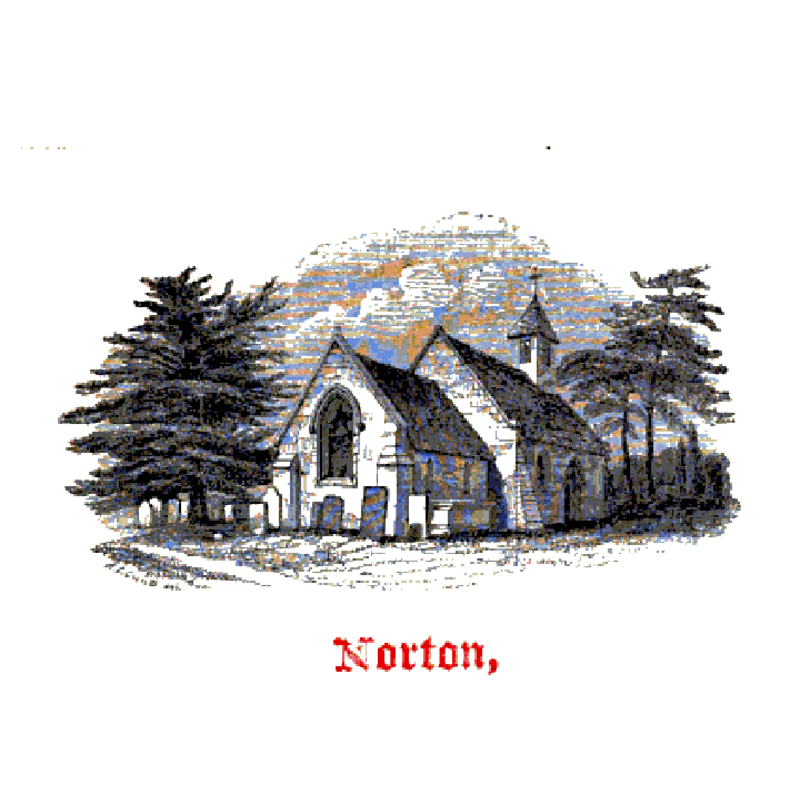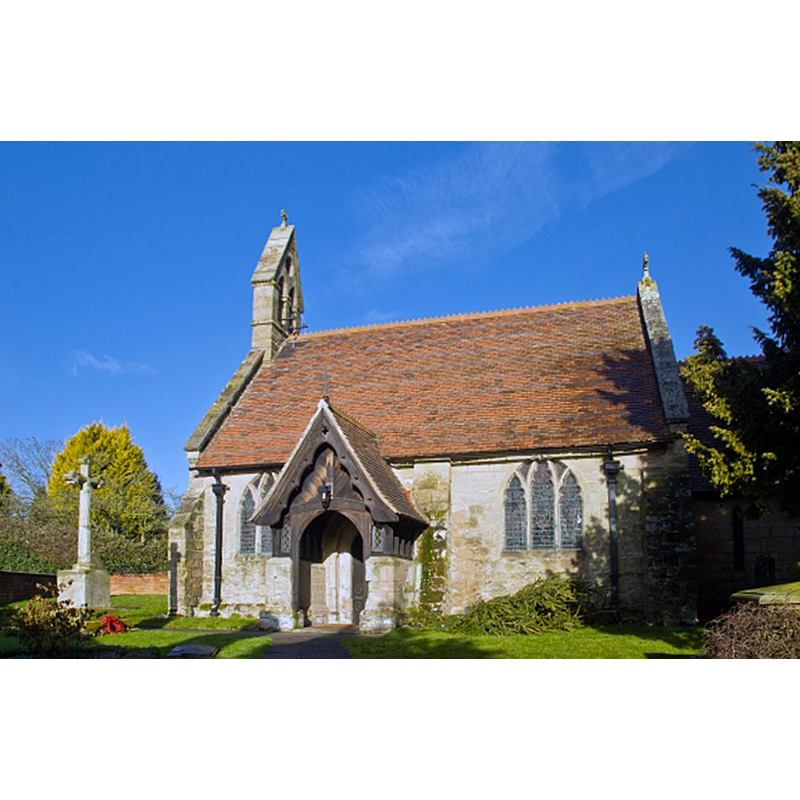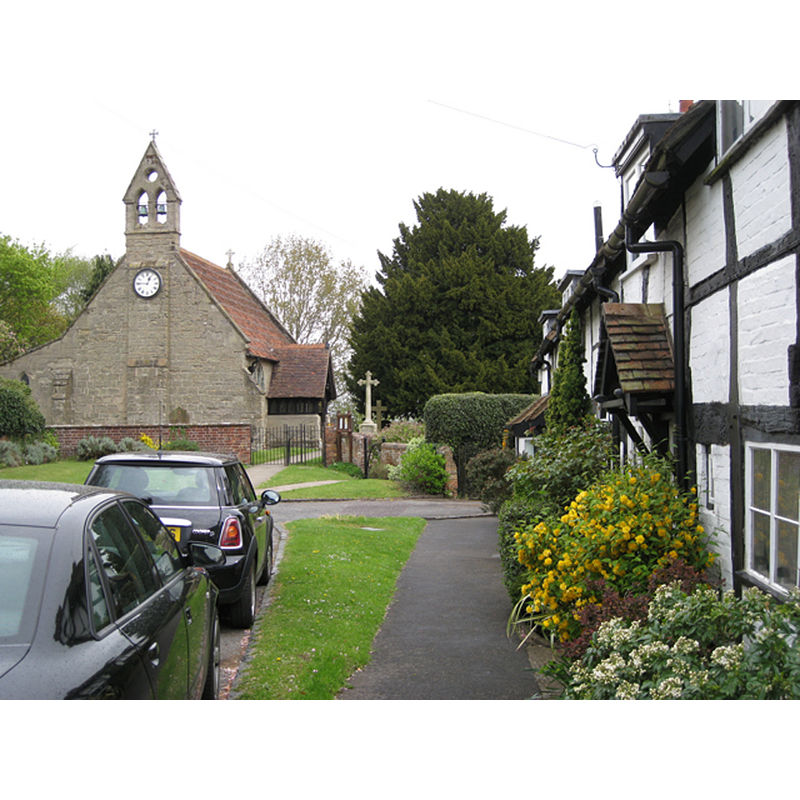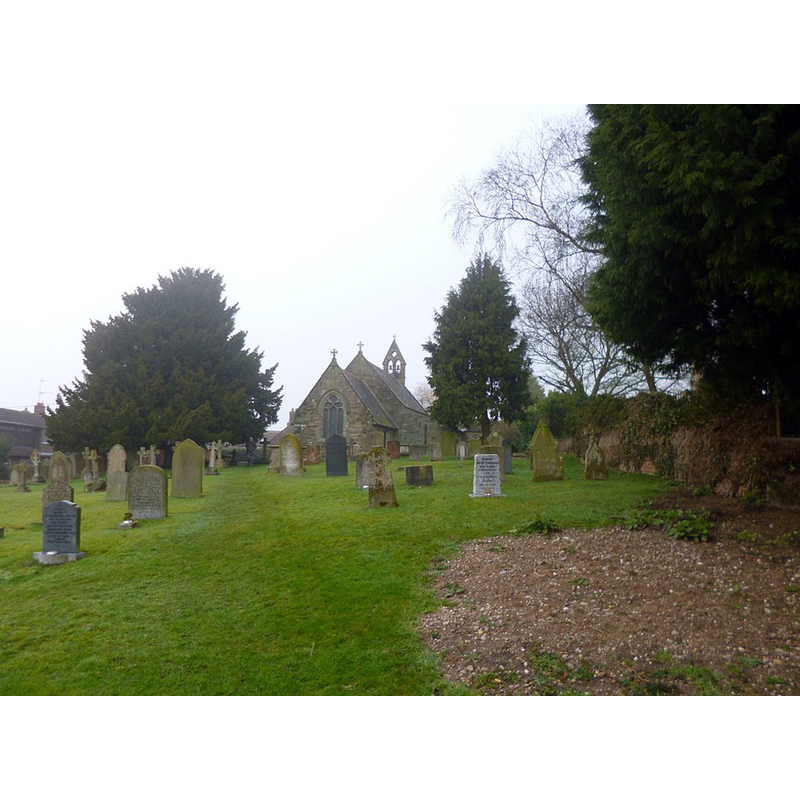Norton Lindsey / Lower Norton / Mortone / Norton Limesi / Norton Limsey / Norton Lindsay
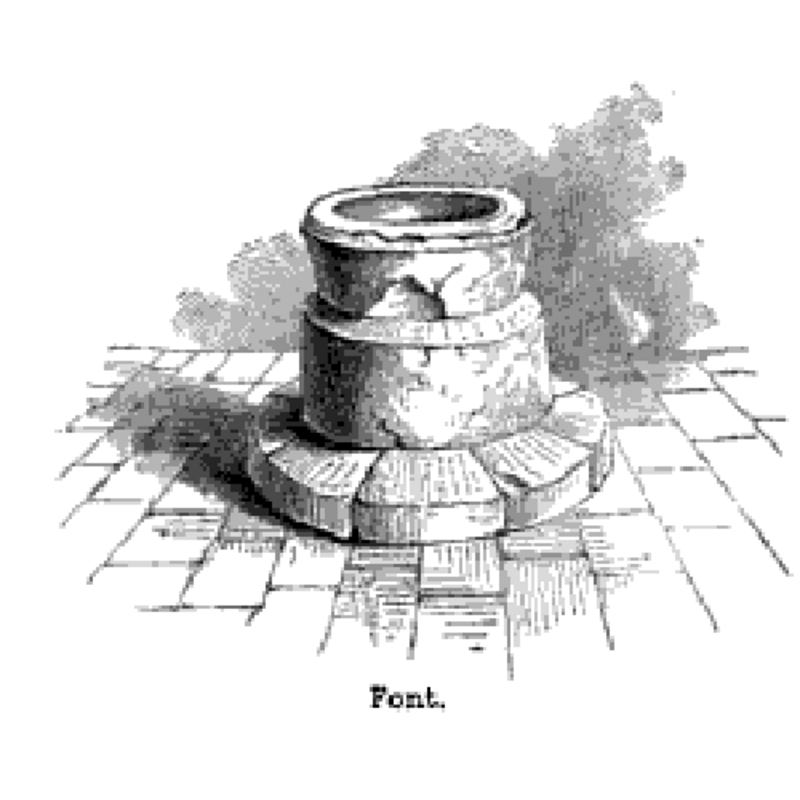
Image copyright © [in the public domain]
PD
Results: 5 records
view of church exterior - northeast view
view of church exterior - south view
view of church exterior - west view
view of church exterior in context - northeast view
INFORMATION
FontID: 07277NOR
Object Type: Baptismal Font1
Church/Chapel: Parish Church of the Holy Trinity
Church Location: Church Road, Norton Lindsey, Warwickshire CV35 8JE
Country Name: England
Location: Warwickshire, West Midlands
Directions to Site: Located 3 km from Claverdon [site uncertain: Norton Lindsey is located off the A4189, E of Warwick
Ecclesiastic Region: Diocese of Coventry
Historical Region: Hundred of Ferncombe [in Domesday times] -- Hundred of Barlichway
Font Location in Church: Inside the church
Date: ca. 1200?
Century and Period: 12th - 13th century, Transitional / Early English
Font Notes:
Click to view
There is an entry for Norton [Lindsey] [variant spelling] in the Domesday survey [http://domesdaymap.co.uk/place/SP2263/norton-lindsey/] [accessed 25 November 2014], but it mentions neither cleric nor church in it. The entry for this parish in Notices of the churches of Warwickshire (vol. 2, 1858) notes: "Norton, or Norton Lindsey, as it is now usually colled, is a chapelry of Claverdon. The proper name, however, is Norton Limesi [...] The Chapel (which was built in the reign of King John [i.e., 1199-1216] and still retains many features of its original character) was not originally attached to Claverdon, but belonged to the church of Wootton VVawen"; there is documentary confirmation of the parochial functions of this chapel in a written agreement between the Prior of Wootton and the Rector of Claverdon, according to this source [this had resulted from serious arguments about the right to the tithes by both parties]; Notices... (ibid.) notes the earlier parts of the fabric of this chapel as Early English (e.g.: south and north [blocked], doorways of the nave), and gives a description and illustration of the baptismal font here: "This consists of an ancient cylindrical basin, eighteen inches in diameter, nine inches deep within, and twelve inches high, externally, the interior being leaded. This is placed on a cylindrical shaft of the same height but of somewhat greater diameter, placed upon a circular basement." Listed in Cox & Harvey (1907) as a baptismal font, an "unadorned cylinder bowl, at Norton". English Heritage [Listing NGR: SP2292463080] (1967) reports a "Simple font said to be Saxon" in this church. A baptismal font of this period is listed in the CRSBI (2014) with reference to F.T.S. Houghton's entry in his Warwickshire Fonts (Birmingham Arch. Soc. transactions v. 43: 53) and, although Cox & Harvey's description does not exactly match this object, it is probable that they are referring to the same: the basin is tub-shaped and plain, raised on a plain cylindrical base with the upper rim chamfered; circular plinth made of several blocks arranged radially as usual. The CRSBI (ibid.) identifies the material as grey sandstone and informs that the basin is lead-lined. [NB: there does not appear to be any real grounds for dating this font as early as some sources have done; in the absence of any other evidence, the font is likely to date, at the earliest, to the late-12th century, the time around which the first chapel was built].
COORDINATES
Church Latitude & Longitude Decimal: 52.264689, -1.665874
Church Latitude & Longitude DMS: 52° 15′ 52.88″ N, 1° 39′ 57.14″ W
UTM: 30U 591045 5791317
MEDIUM AND MEASUREMENTS
Material: stone, sandstone (grey)
Font Shape: tub-shaped (mounted)
Basin Interior Shape: round
Basin Exterior Shape: round
Drainage Notes: lead-lined
Rim Thickness: 9.5 cm [calculated]
Diameter (inside rim): 45 cm* / 46 cm**
Diameter (includes rim): 65 cm** [53 cm** at bottom]
Basin Depth: 22.5 cm* / 24 cm**
Basin Total Height: 30 cm* / 34 cm**
Height of Base: 38 cm**
Font Height (less Plinth): 72 cm [calculated]
Font Height (with Plinth): 83 cm [calculated]
Square Base Dimensions: [diameter = 66 cm**]
Notes on Measurements: * Notices... (vol. 2, 1858) / ** CRSBI (2014) [the height of the plinth above the ground is given as 11 cm in the CRSBI]
REFERENCES
Corpus of Romanesque Sculpture in Britain and Ireland, The Corpus of Romanesque Sculpture in Britain and Ireland, The Corpus of Romanesque Sculpture in Britain and Ireland. Accessed: 2003-07-11 00:00:00. URL: http://www.crsbi.ac.uk.
Cox, John Charles, English Church Furniture, New York: E.P. Dutton & Co., 1907
Warwickshire Natural History and Archaeological Society. Architectural Committee, Notices of the churches of Warwickshire, Rivington, London; [etc.]: Henry T. Cooke, 1847-
